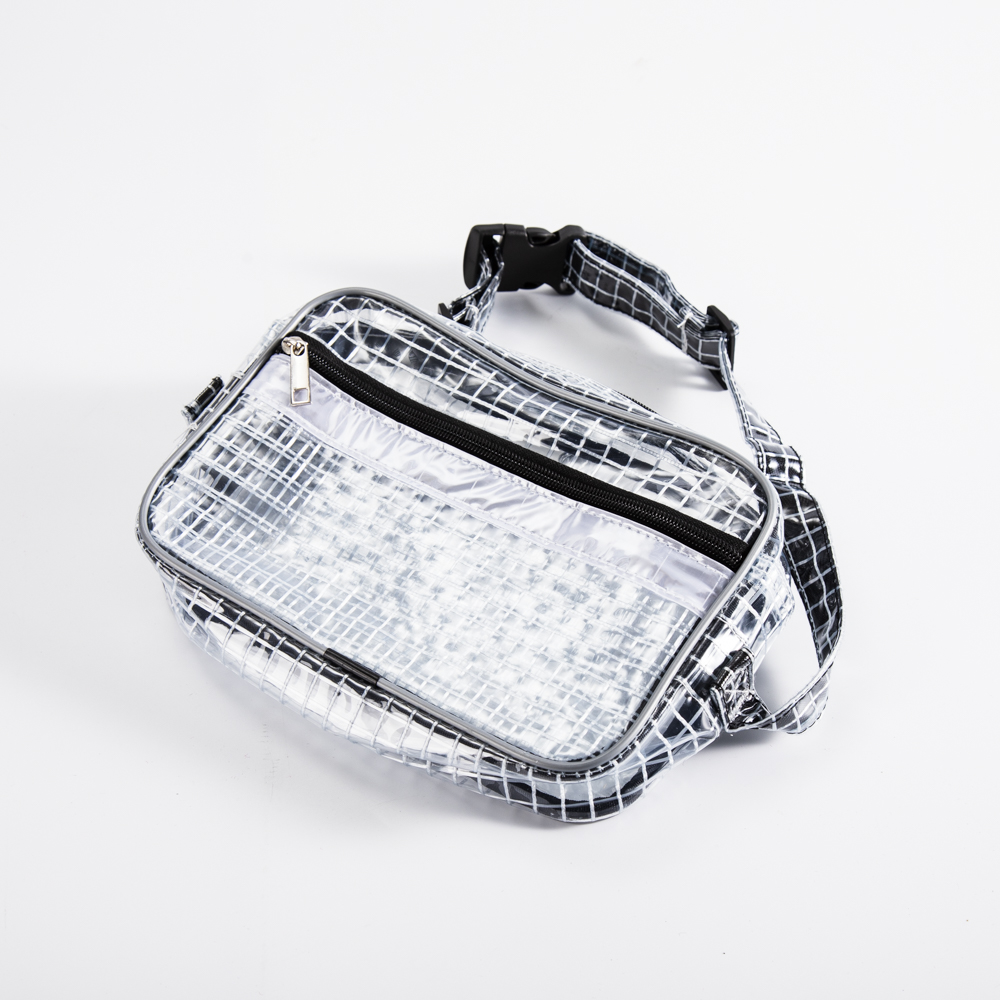Before the ash is discharged, the calcination zone moves upward or approaches the material surface. At this point, the temperature at the top of the furnace and in the exhaust gas becomes very high, which can cause damage to the equipment located at the upper part of the kiln. The new process introduces key technologies aimed at improving this situation. One of the core technologies involves controlling the temperature of the calcination zone. Thermocouples are used to monitor temperatures between 800°C and 900°C, ensuring that the material surface remains not red, thus avoiding overheating.
The technical principles of the new process include several important aspects. First, no ash is produced initially, and the material level inside the furnace is maintained at a standard height of 4 meters. When feeding material, the stones are distributed evenly across the material surface by a distributor. Even if some stones hit the furnace wall, the steel guard ring protects the refractory bricks from damage. As the material level rises close to the top of the furnace (about 1 meter away), ash begins to fall, and the material column drops to 6 positions. During this phase, the stone material only experiences friction with the furnace wall, reducing direct impact on the refractory bricks compared to the old method.
Second, during the feeding process, the material surface does not appear red, and the front edge of the ceramic fiber paper calcining zone has not yet reached the standard height of 4 positions. This means that the wet stones do not directly enter the high-temperature area. Instead, they are gradually dried by the residual heat in the furnace. By the time the ash is discharged, the stones are completely dry, preventing moisture-related damage such as quenching or rapid heating, which could harm the firebricks.
Third, the height difference for the input stones is reduced from 7 meters in the old process to 4 meters in the new one. This significantly reduces the rate of stone collisions and increases the cohesion of the material. Fourth, the input stones are preheated before entering the high-temperature calcination zone, following the principle of lime calcination. This prevents sudden heating and cracking of the stones.
Fifth, when the newly fed stone material reaches the top of the furnace, ash begins to fall, and the material level gradually decreases. At this stage, ash is added on the side, with 36 batches (1 ton per batch) being added to increase production output. Lastly, because the material surface is not red, the temperature at the top of the furnace and in the exhaust gas is lower than in the old process, resulting in less damage to the upper equipment.
The application of the new process has significantly extended the service life of the kiln. Previously, the preheating zone in the furnace was prone to damage, which was a major issue in many Chinese steel plants. Despite using high-quality refractory bricks, the results were often unsatisfactory due to their high cost. In our plant’s No. 2 boiler, which started operation in October 1992, the refractory bricks in the preheating zone collapsed within just six months, causing severe damage to the furnace shell. If this trend continued, the kiln would have had to be shut down within a month.
The new process also increased production and met the demand for ash in steelmaking. Before its implementation, the annual output of a single kiln was around 42,470 tons, with a utilization factor of 0.77–0.86. After implementing the new process in April 1993, the annual output reached 58,000 tons, and the utilization factor rose to 1.068. In 1994 and 1995, the output further increased to 67,000 tons and 65,700 tons respectively, with the utilization factor exceeding 1.2. These figures surpassed the national average for similar kilns (around 50,000 tons annually) and represented a 40% increase in production compared to the old process.
Additionally, the quality of the lime improved significantly after the new process was implemented. Prior to this, the lime quality only met international secondary metallurgical standards. Since the adoption of the new process, the lime quality has greatly improved, especially in terms of activity, which now exceeds 300 ml. The CaO content is consistently above 90%, meeting national standards.
Anti-static PVC Tool Bag
Anti-static PVC tool bag is a bag designed to store and transport tools while protecting them from electrostatic discharge (ESD). Electrostatic discharge can cause damage to electronic components and other sensitive equipment, and the use of an anti-static bag can help prevent this damage.
The bag is made from PVC, which is a durable and water-resistant material. The anti-static properties are achieved through the use of additives that help dissipate static electricity. The bag typically has a zippered closure to keep the tools secure and a handle for easy carrying.
Anti-static PVC tool bags are commonly used in electronic manufacturing and repair industries, as well as in other industries where sensitive equipment is handled. They are also popular among hobbyists who work with electronics and want to protect their tools from ESD.

Anti-Static Pvc Tool Bag,Pvc Tool Bag,Static Solutions Tool Bag, ESD Grid Cleanroom Backpack
ZHANGJIAGANG CITY XIANGLE TOOL CO., LTD. , https://www.xiangletoolbag.com
